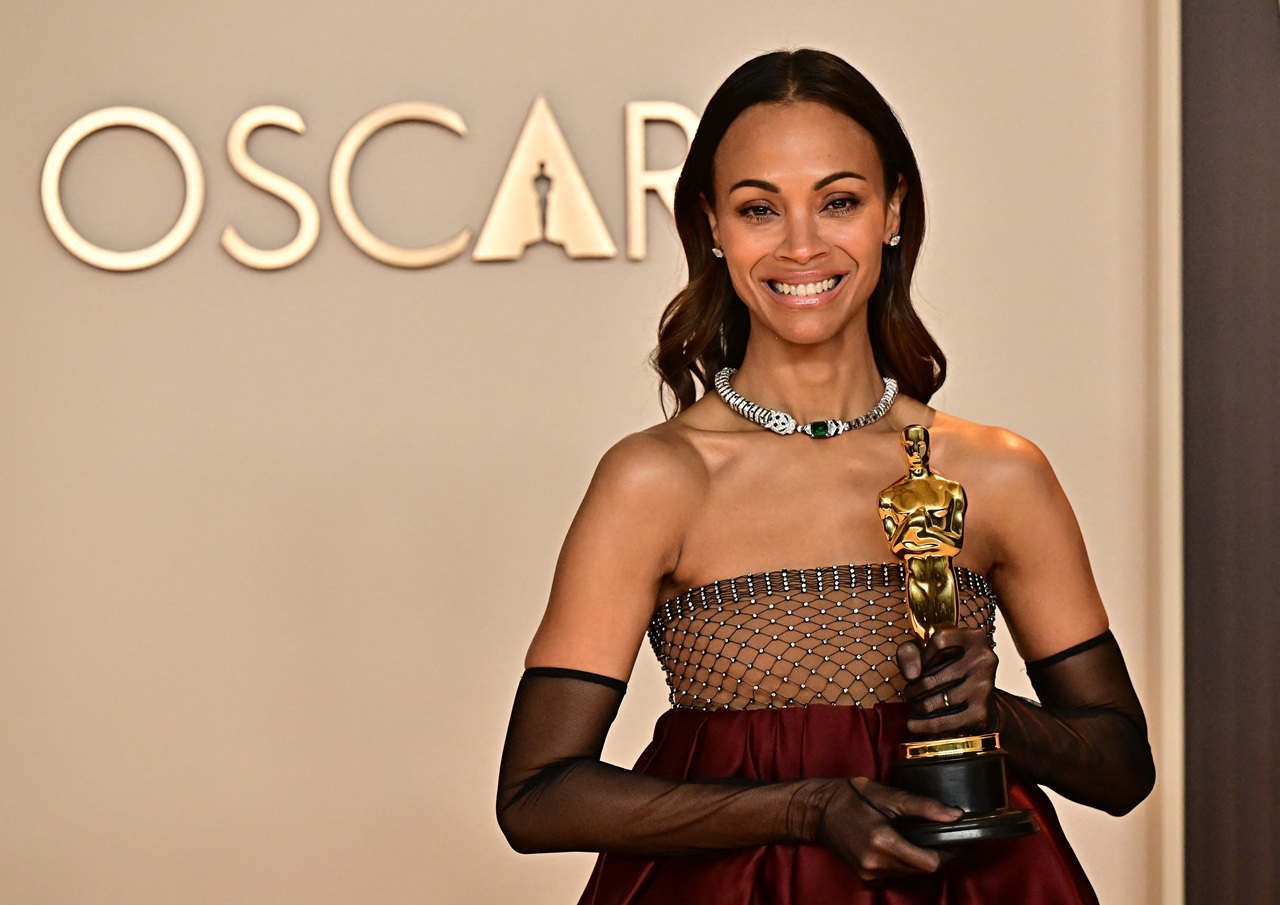
Dolores del Río: When Legends become Doodles
Acclaimed "Golden Age" Mexican actress Dolores del Río is honored today in a floral Google Doodle as gorgeous as she was. A society heiress, a mistress to…
Before Ana de la Reguera, Kate del Castillo, Penélope Cruz, and Salma Hayek went from gracing the covers of ¡HOLA! and Vanidades to headlining the Hollywood tabloids at the checkout line of ACME, there was one original talented Spanish cross-over beauty: Dolores del Río.
[node:field_slideshow]
Born on August 3rd 1904 in the Mexican state Durango, María de los Dolores Asúnsolo López-Negrete had a revolutionary life, starting with her childhood. At age 6 and in the midst of The Mexican Revolution, the burgeoning wealthy aristocrat with noble Spanish blood-lineage had all of her family’s assets seized by Pancho Villa, forcing her to flee along with her mother to Mexico City disguised in tattered rags while her father searched for opportunity in The United States. Convinced she needed both a traditional Catholic education and the protection from French nuns, her mother enrolled her in a convent where the curriculum was purely monastic.
Keeping “Dolores” away from excitement did not last long however, for shortly after watching her first ballet performance of the iconic Russian dancer Anna Pavlova’s tour in The Americas, Dolores felt the first tinglings of a vocation with grandeur. Trading in simple schoolgirl loafers for delicate pearly pointe shoes, Dolores began to marvel stages and charity benefits throughout Mexico City. In one serendipitous performance at Teatro Esperanza Iris, she met Jaime Martínez del Río y Viñent, one of the wealthiest men in Mexico. Though eighteen years her senior, the couple wed and during their two-year honeymoon (yes, you read that correctly) in Europe, they came across Edwin Carewe, an influential and prolific Chickasaw director in Hollywood. Perhaps because of his own “rare lineage” (for American cinema), or because of her startlingly beautiful features, or because all three happened to be in the “right place at the right time”, Carewe fell into starstruck enchantment with Dolores and invited her and her husband to come with him to The United States.
And the rest, of course, was on-screen history.
Leading a life as an heiress, the “First Lady of the High Mexican Society”, and starlet- a sort of socioeconomic triple threat -Dolores was no stranger to thrills, scandals, or rubbing elbows (and sometimes lips!) with the rich and the famous. During her fifty-three active years in the North and Central American entertainment industry, she acted, danced, and sang alongside Fred Astaire, Rudolph Valentino, Ginger Rogers, Henry Fonda, Pedro Armendáriz, Emilio Fernández, Columba Dominguez, Cesar Romero, Buster Keaton, Bill Cosby, Libertad Lamarque, Sophia Loren, and Elvis Presley. In the span of Dolores’ three marriages and bountiful romantic life, one torrid love affair trumped them all: Orson Welles, the director of the masterful Citizen Kane, was said to have been “obsessed” with Dolores and considered her to be the “great love of his life” (according to the daughter of Welles and Rita Hayworth, Rebecca, who maintained a fondness and friendship with Dolores even after the split between her and her father).
Aside from becoming a muse for photographers, directors, producers, and even esteemed writers- George Bernard Shaw, Salvador Novo, and Carlos Fuentes among them -Dolores del Río turned heads in an unlikely place: The United States government. For nearly two decades, Dolores’ biggest hurdle in Hollywood came from politicians who accused her and several of her other foreign peers for being sympathetic to “international Communism.” Rumors surrounding Dolores’ ideological affiliations swelled when she attended a special screening of Sergei Eisenstein’s ¡Que Viva México! and became close friends with notoriously outspoken Communists, such as the prolific Mexican artists Frida Kahlo and Diego Rivera. Rivera once said of Dolores that she was “The most beautiful, the most gorgeous of the West, of the East, of the North, and of the South. I’m in love with her, just as 40 million Mexicans and 120 million Americans are. [They] can’t be wrong.”
RELATED CONTENT

While Dolores del Río was a trailblazer in the Golden Age of Mexican Cinema and in glamorous Hollywood, it is important to note that her figure as a “revolutionary” woman was often undermined by the types of roles she was hired for. Just like the modern Hollywood we know today, Dolores was cast as characters that riffed-off of stereotypes- such as the “hypersexualized” Latina -or promoted fetishism of “the exotic.” In The Invention of Dolores del Río, author Joanne Hershfield posits that Dolores’ ability to come across as “White passing” (in other words, a light-skinned Latina with European features that can be mistaken for an Anglo-Saxon White woman) gave her a privilege which she wielded to benefit her rise to Hollywood stardom.
After various years of performing, Dolores turned towards philanthropy and hosting renowned international film festivals. One of her most important legacies was her co-founding of the union group “Rosa Mexicano” for the Mexican Actor’s Guild, which remains in existence.
This Wednesday, Dolores del Río has been recognized in a floral “Google Doodle” on the search engine’s homepage. She would have been 113 years old today.











LEAVE A COMMENT: